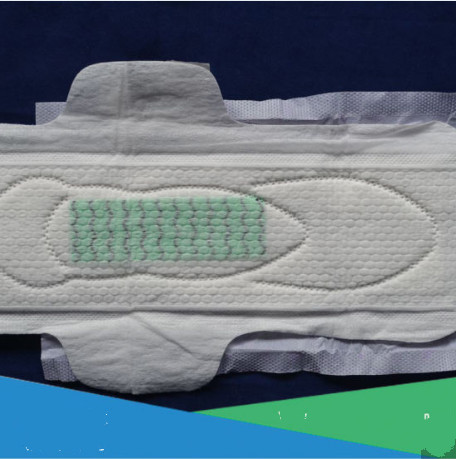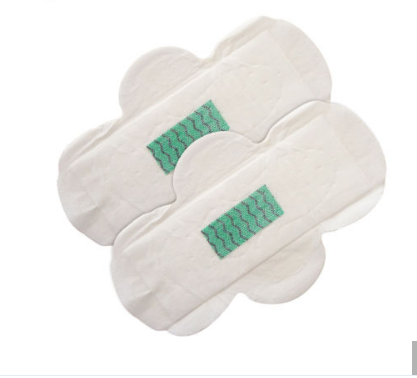July crops field tube views
Since the planting of this year's big autumn crop, it has suffered from rare continuous dry weather and sudden torrential rains. Delayed late planting of rice and drought cracks, dry crops such as corn, wilting and falling down due to heavy rain and strong winds have caused crops to grow. Development is seriously affected. Since July, various rice-based crops have entered the critical period of growth and development, and the dry weather has eased. As long as effective measures are taken and management is seriously strengthened, a good harvest can still be achieved.
First, the water. When rice enters booting in mid-July, moisture is a key factor in determining high yield in rice, so rice needs to manage water well. In places with good water conditions, the method of water piped with night-time irrigation can be adopted. Especially in the booting stage of rice, the seedlings should be filled with deep water to protect the seedlings, and water must not be cut off.
Second, prevention. The long-term dry cracking of the paddy rice field, after irrigation, the roots are concentrated on the surface of the field, the mud layer becomes soft, and it is easy to cause lodging in the later period. Therefore, when harvesting panicle fertilizer, it should be mainly supplemented with potash fertilizer to enhance the lodging resistance. Generally, 5-8 kg of potassium chloride is applied per acre.
Third, fertilization. After rice enters young panicle differentiation, it is mainly transferred to reproductive growth. Topdressing panicle fertilizer is the last cultivation measure to promote high yield of rice. The application of panicle fertilizer should be applied to fields and fields. Generally, the topdressing urea is 3-8 kilograms per mu, plus potassium chloride 5-8 kilograms or the same amount of special compound fertilizer.
Fourth, pest prevention. After rice enters the young panicle differentiation, various diseases and insect pests also enter the damaging effect. Aphids, rice leaf roller, rice blast, rice sheath blight, and bacterial blight syndrome enter the endangered period. Therefore, it is necessary to timely and accurately use the medicine for prevention and treatment according to the forecast. .
Fifth, training. Late sowing of corn, peanuts, and cotton, after being hit by torrential rains and winds, it is necessary to plant the plants in order to plant the soil.
Sixth, control. Cotton, peanuts, sesame and other crops must be pacifiers and other regulators before they reach the flowering stage to cultivate stunted seedlings to prevent leggy growth. It is generally used twice in succession between the beginning of flowering and full flowering. The amount per acre is 15-30 grams. (Hubei Dangyang Agricultural 110 Service Center)
Anion Sanitary Napkin with below size: 245mm, 280mm, 300mm, 320mm, 350mm, 400mm. It is with Anion, negative on and the ultra thin SAP paper absorbs liquid quickly and provides more protection.
The main material: Perforated non-woven topsheet, USA fluff pulp, Japan Sumitomo SAP, Tissue paper, Airlaid paper, Breathable PE film backsheet , release paper, anion chip
Function:
1)Soft and dry perforated or non-woven top sheet
2)Wing type soft-dry cover is easy to prevent side leakage
|
280mm |
150ml |
9g |
10pieces/pack |
|
300mm |
180ml |
9.5g |
10pieces/pack |
|
320mm |
190ml |
10g |
10pieces/pack |
|
350mm |
220ml |
11g |
10pieces/pack |
|
400mm |
230ml |
23g |
10pieces/pack |
SANITARY PAD STRUCTURE
- 1st layer: Cottony smooth non-woven(better absorbency which give ultra comfort)
- 2 ed layer: Woven cloth anion chip(which contains 6100 anion per cubic cm. It works naturally to relieve menstrual discomforts)
- 3 rd layer: Air-laid paper(360 degree tightly wrapped, not easy causes napkins deformities)
- 4th layer: Super absorbent polymer(effectively blocks the water more than ten times, keep dry)
- 5th layer: Professional diversion layer(can accelerate the liquid proliferate rapidly, is helpful to flicker attracts, prevents the side to leak)
- 6th layer: Air-lair paper(enhance freshness, provides maximum absorbency per sanitary pad)
- 7th layer: Breathable PE film bottom layer(air ventilation)
- 8th layer: Adhesive glue release paper)specially designed back adhesive which conforms to human ergonomics)
Product show:


Anion Sanitary Napkin
Anion Sanitary Napkin,Negative Ion Sanitary Napkin,Anion Sanitary Napkin Pad,Anion Biodegradable Sanitary Napkin
Tianjin Jiao rou Sanitary product company , http://www.tjsanitary.com